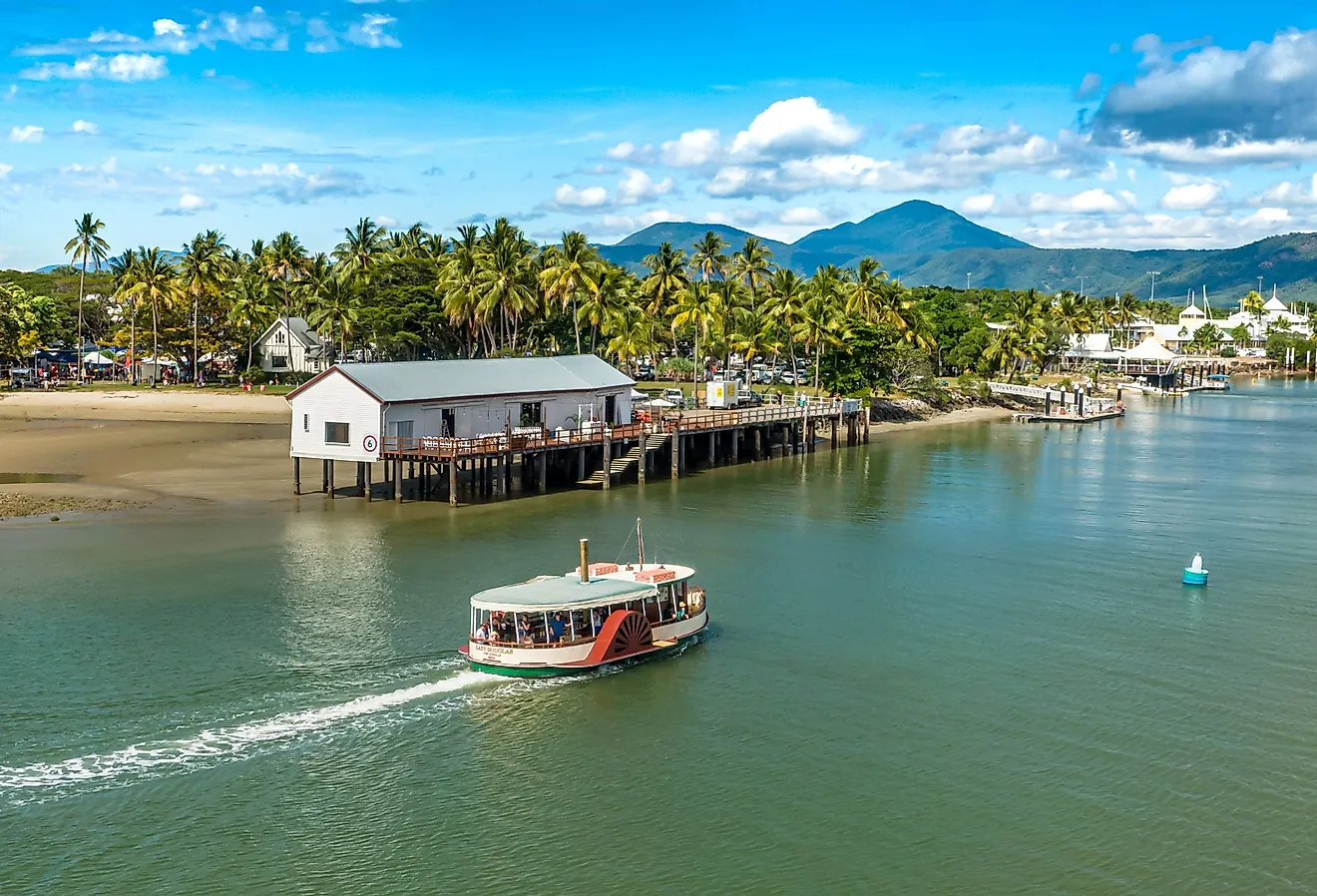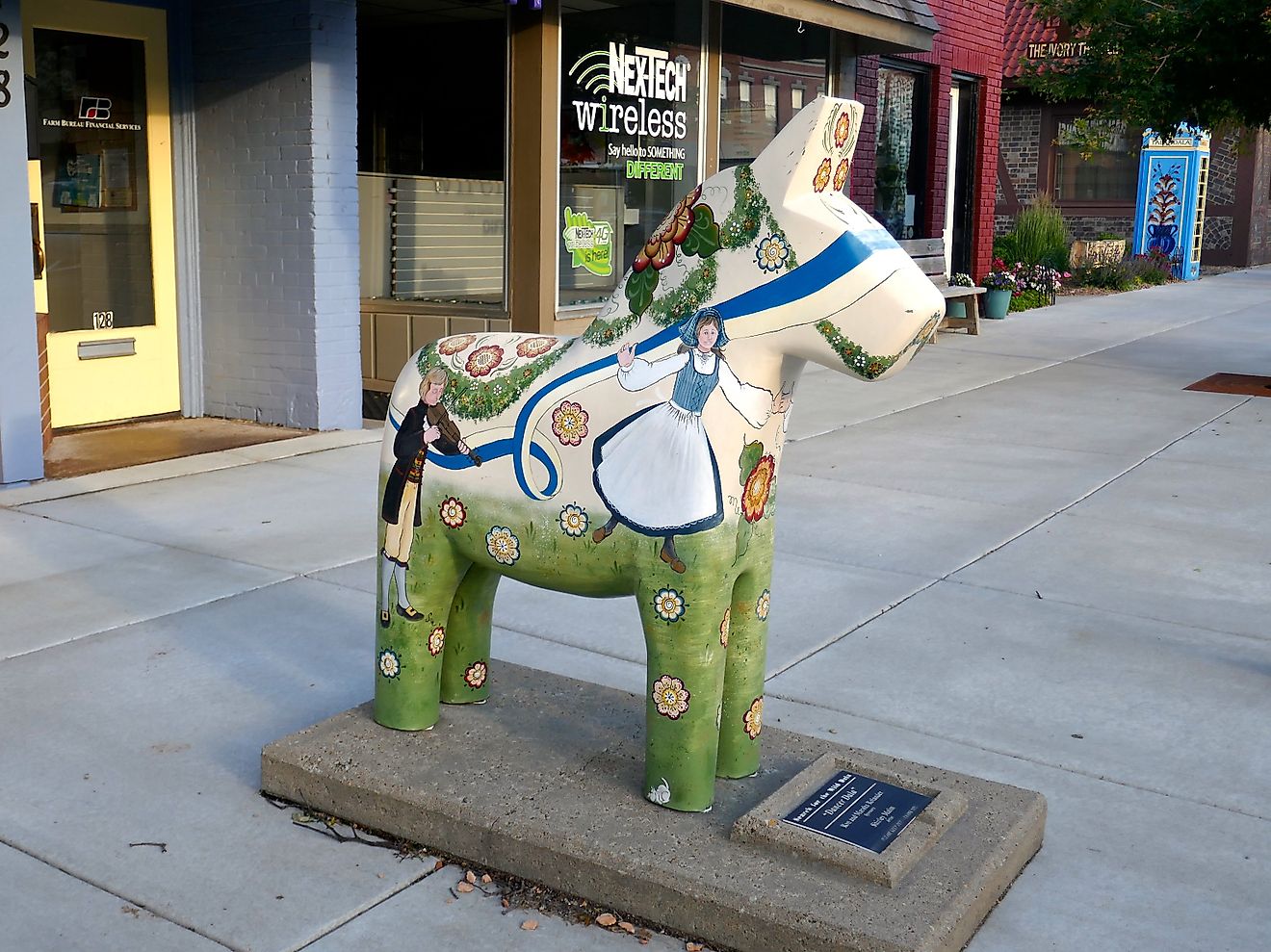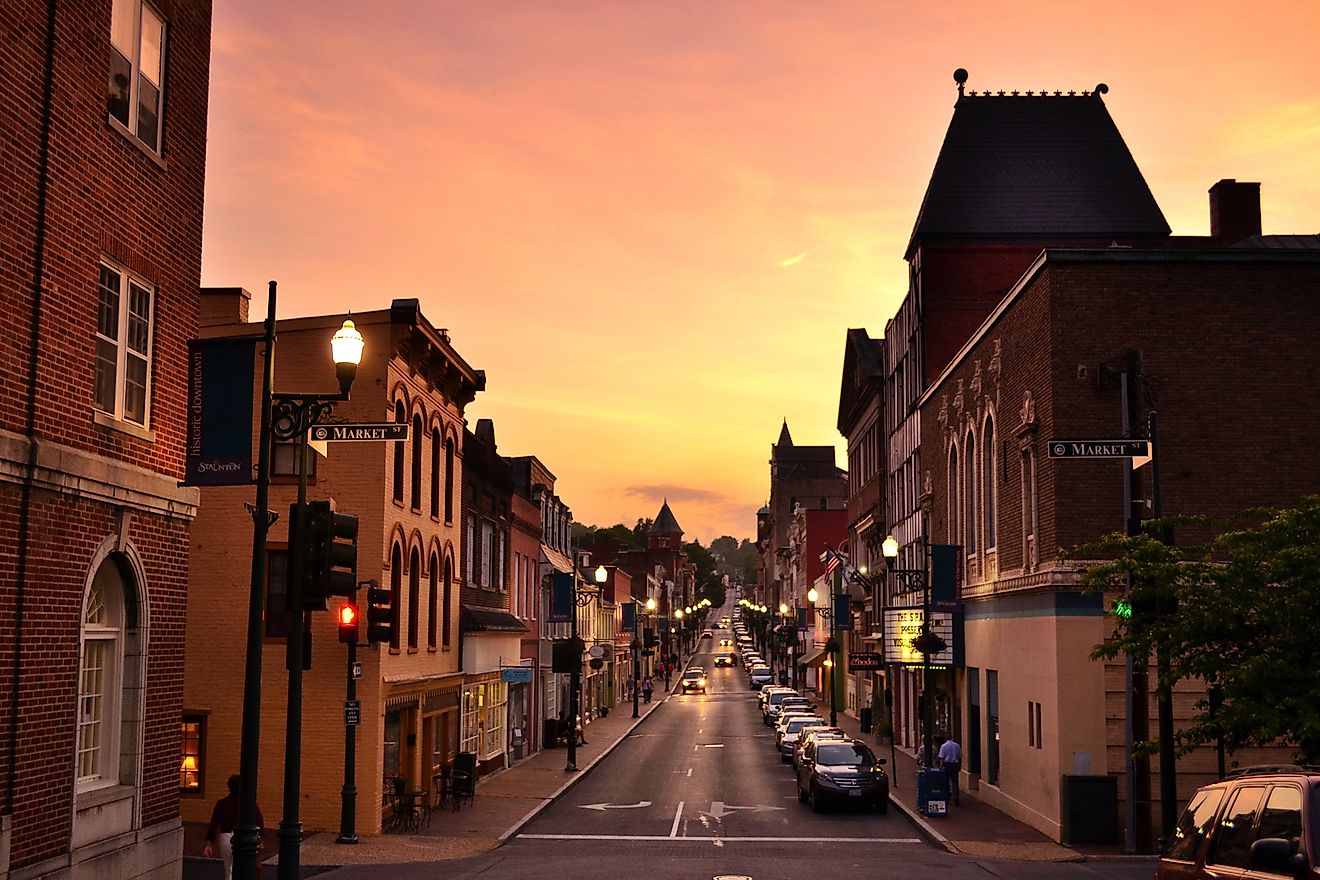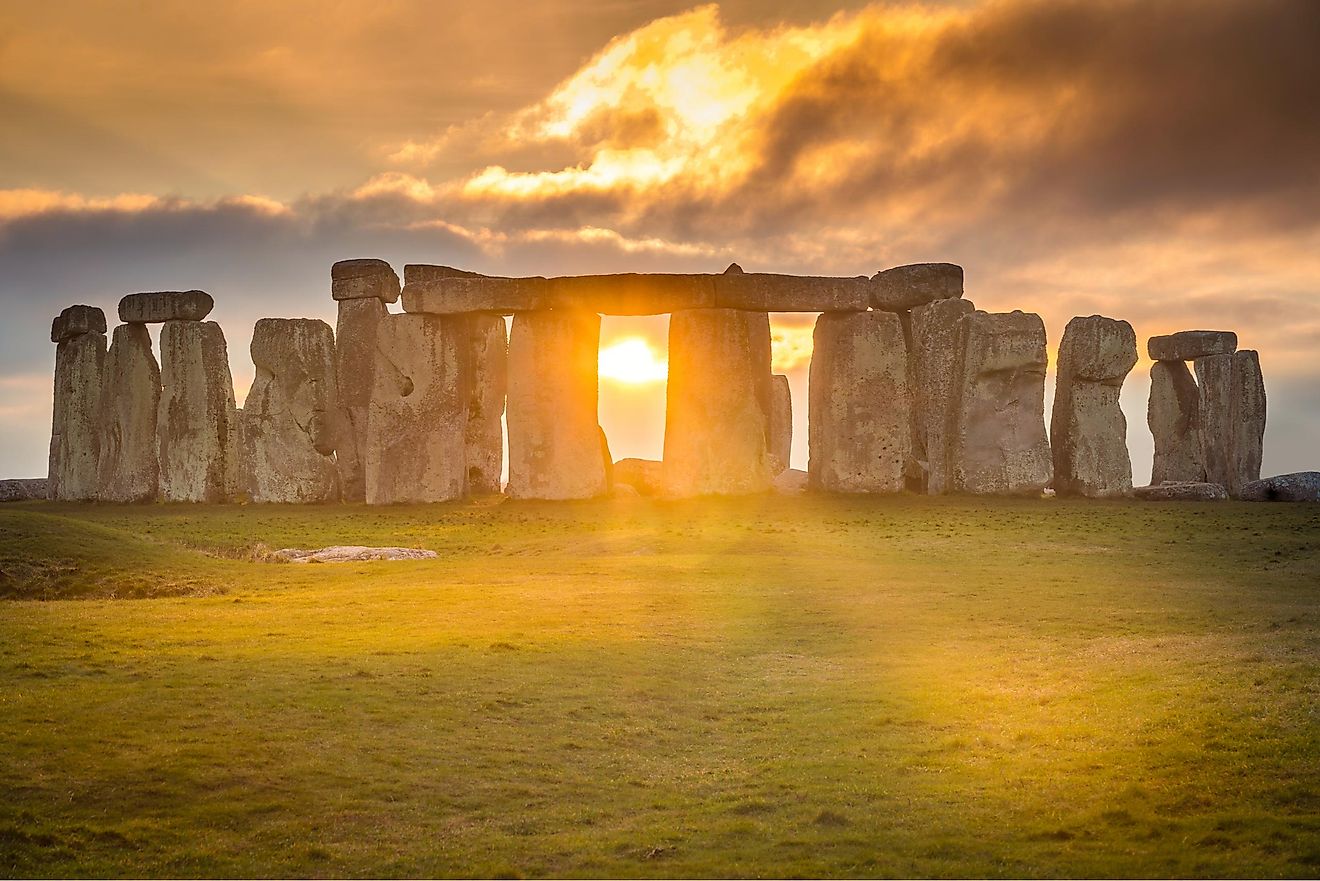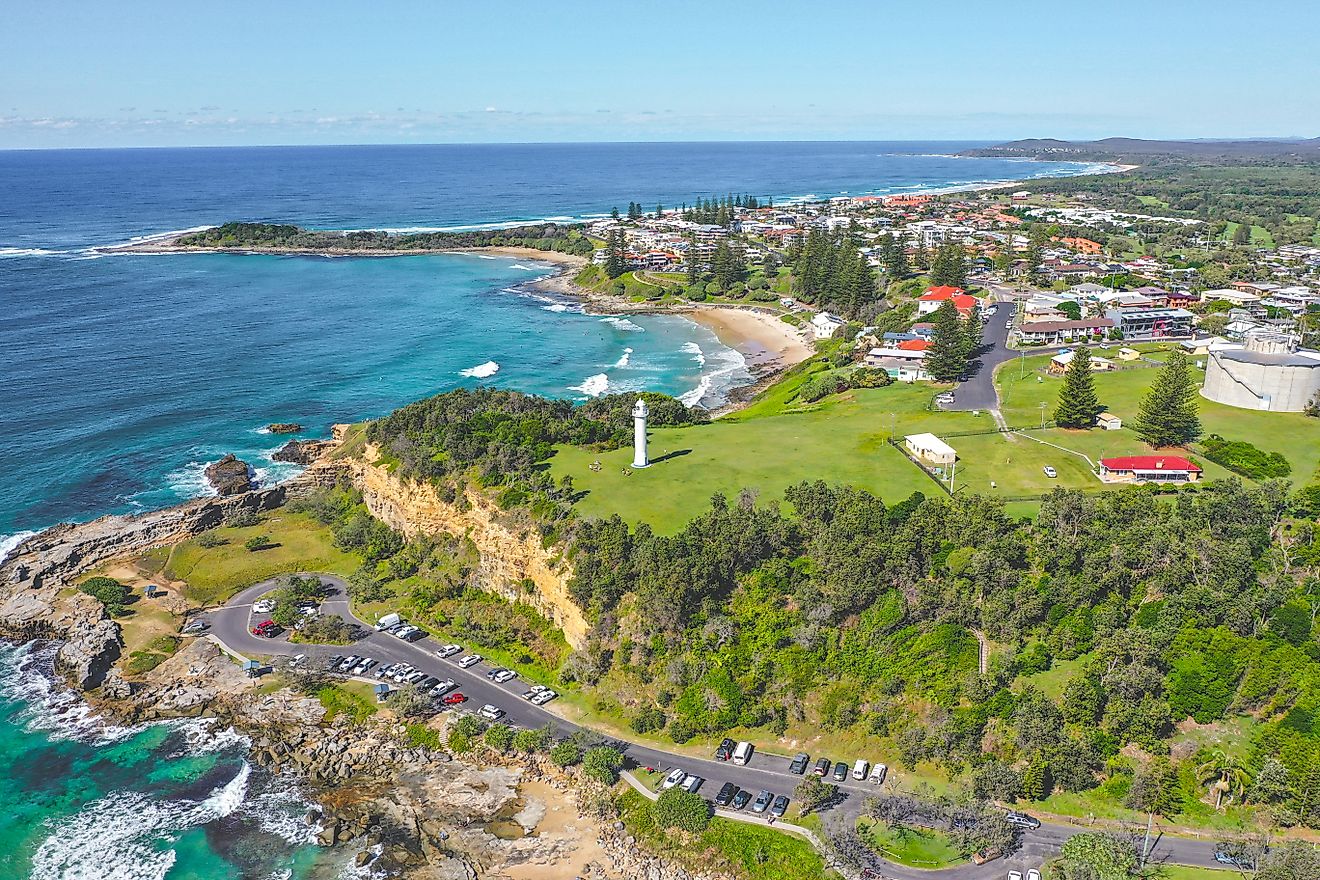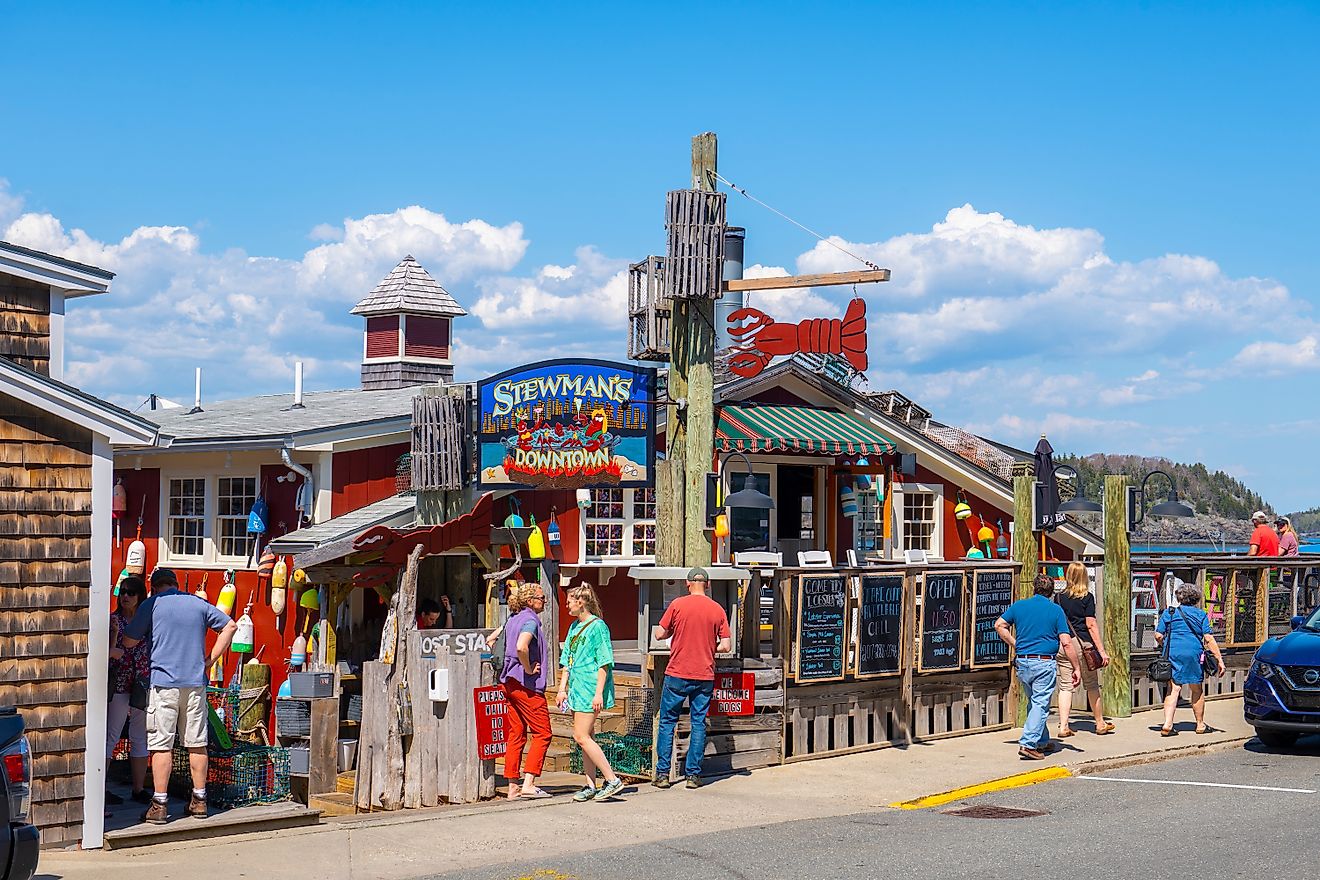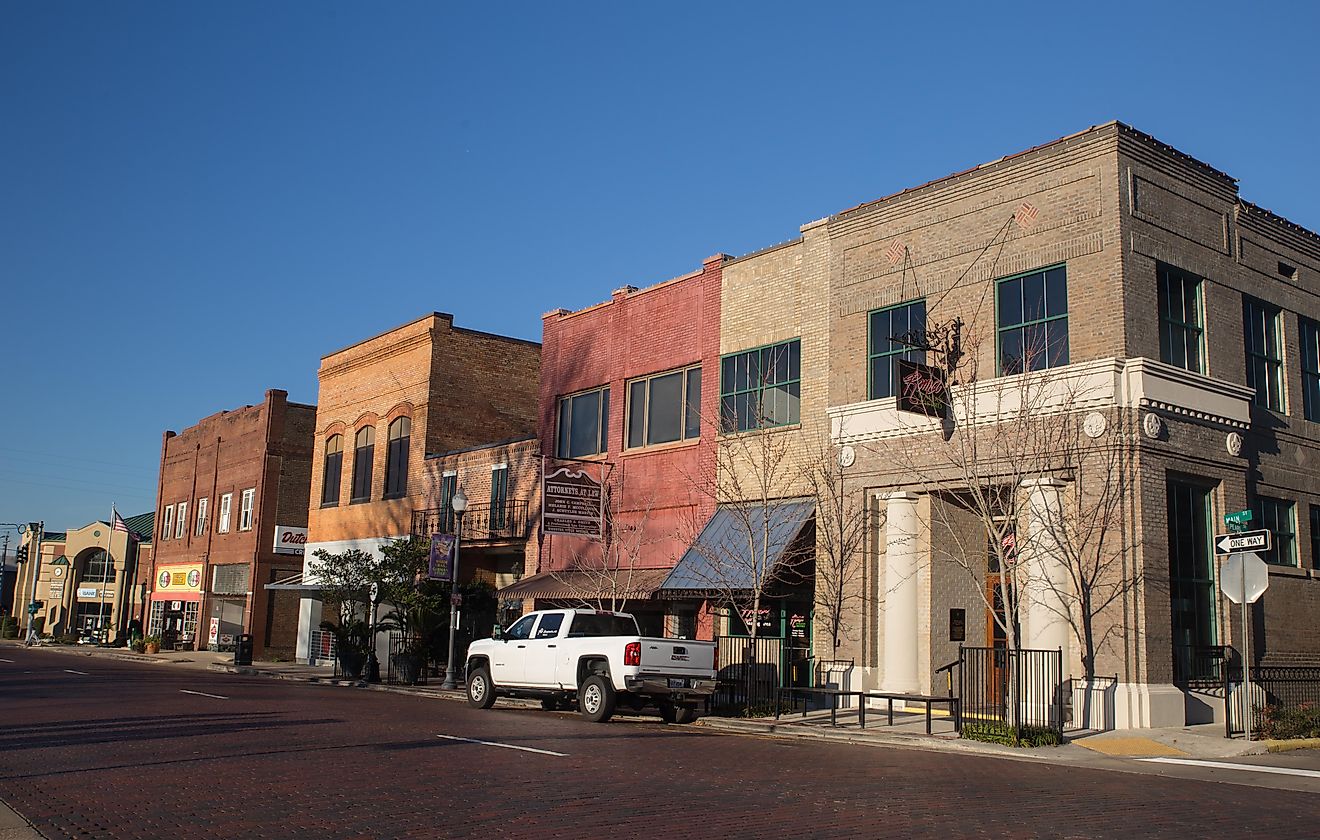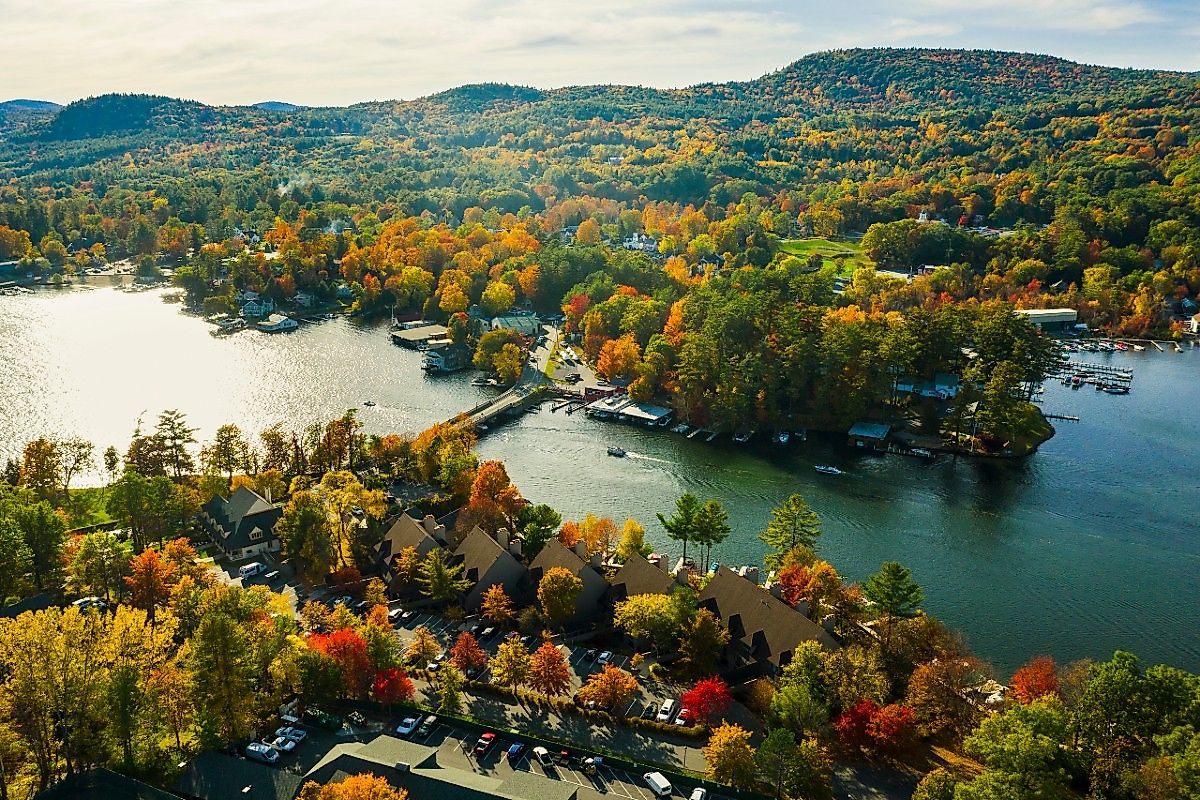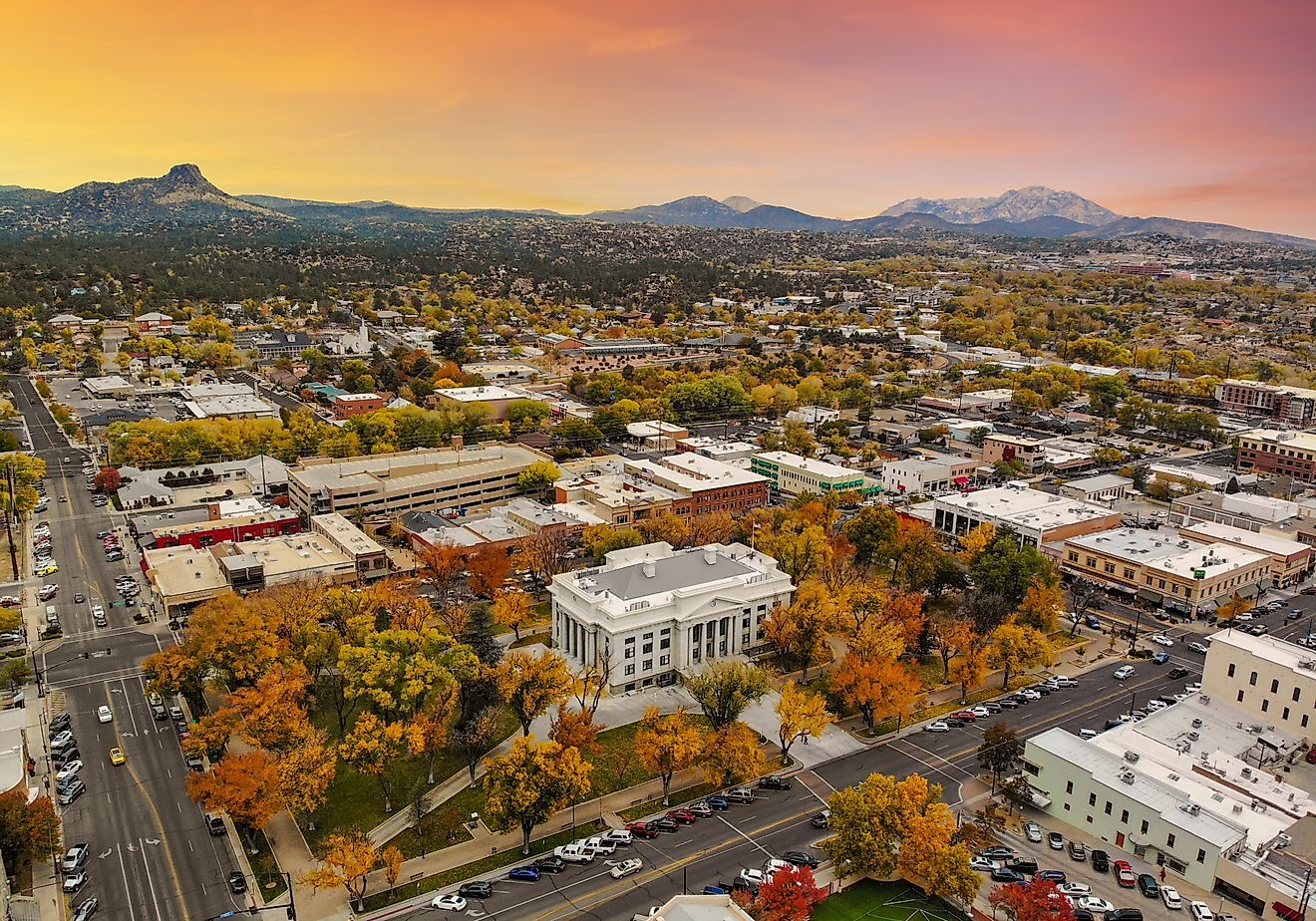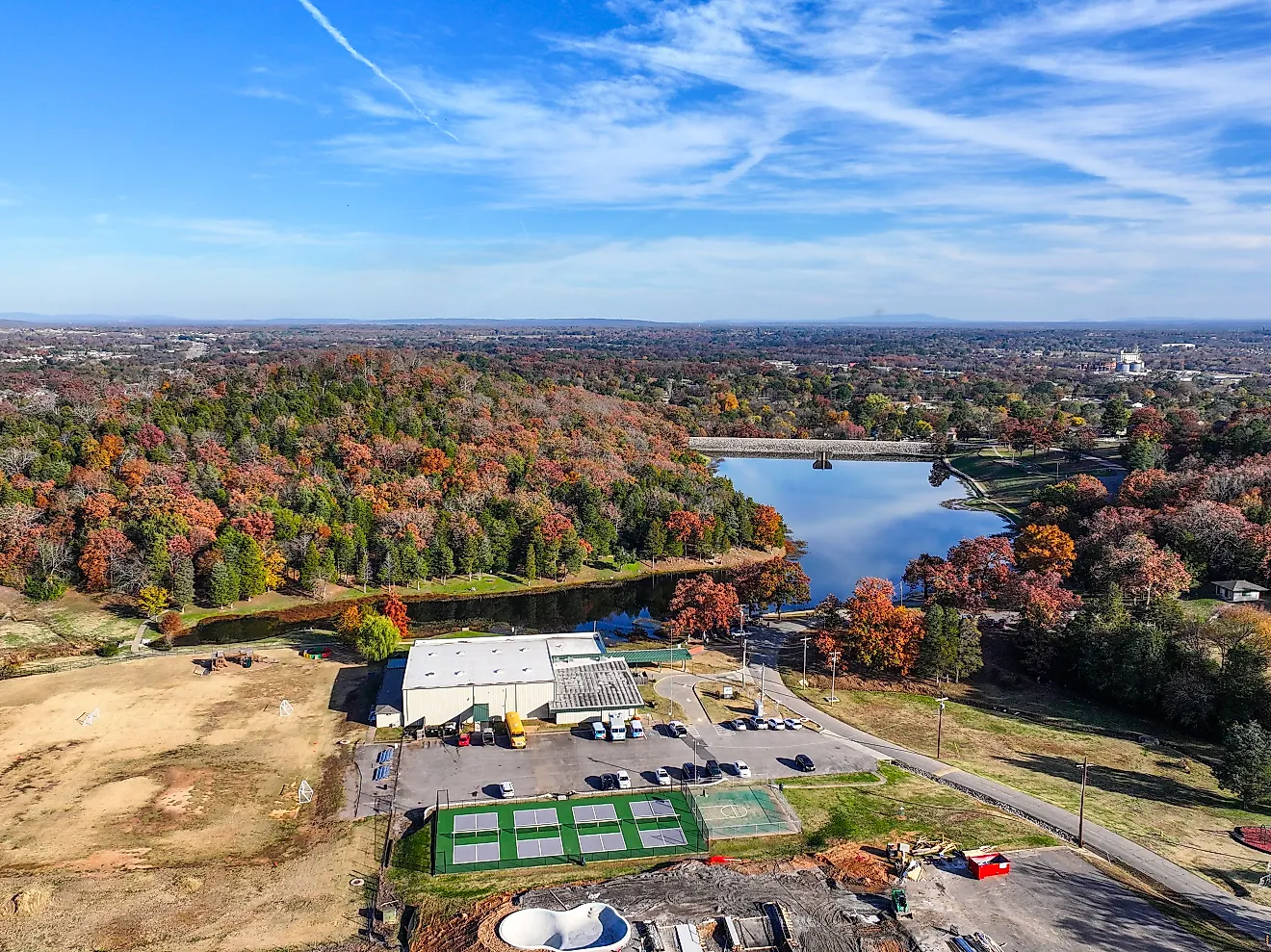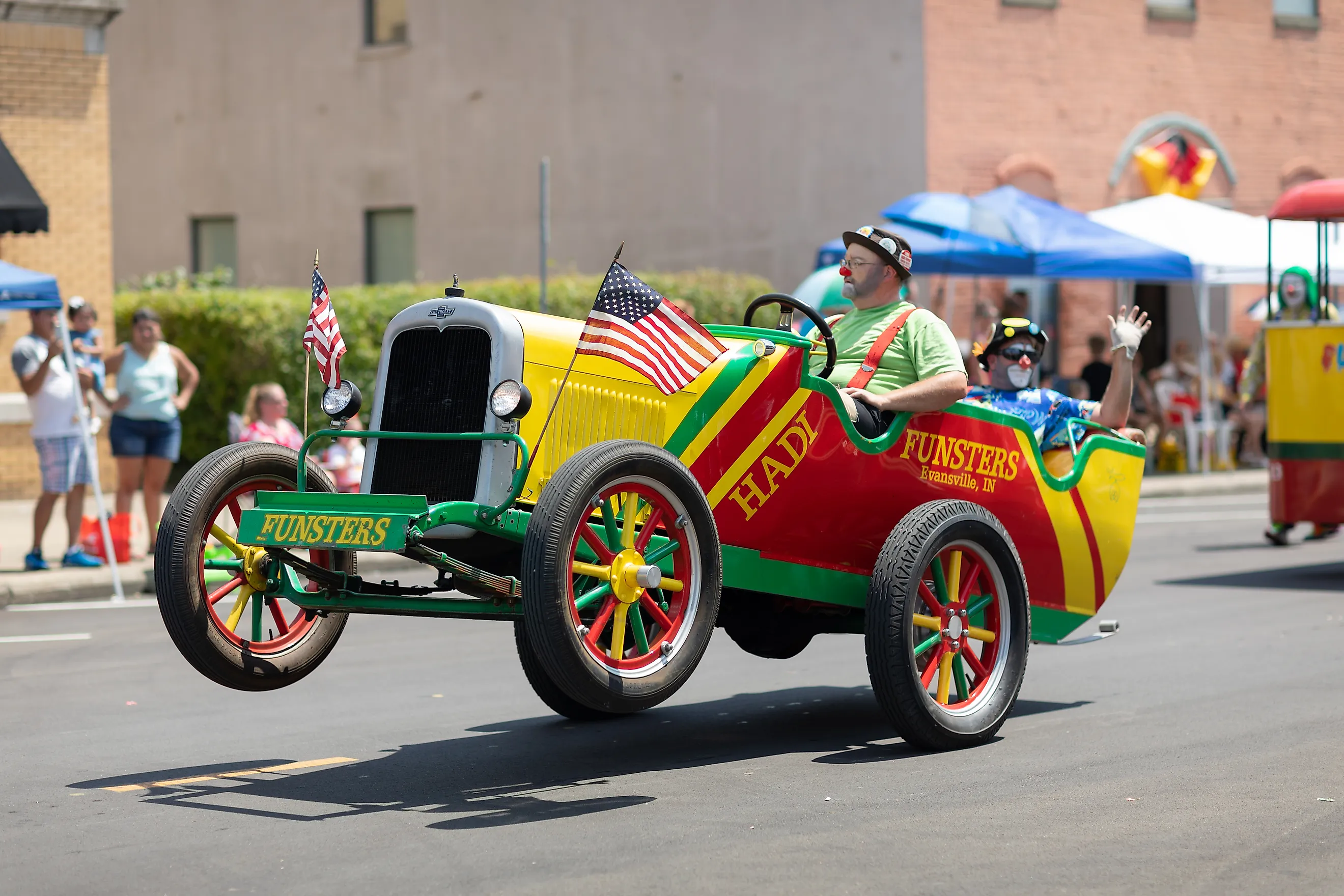
9 Of The Most Eccentric Towns In Indiana
Stemming from the legacy of the Miami and Potawatomi peoples, Indiana’s history unfolds in pioneer towns along canals and early railroads that connect the Great Lakes to the Ohio River. As a Midwestern state, it has experienced invention, upheaval, war, and reform, but its smaller communities still prefer to advance at their own pace. Nothing here feels artificial, yet much remains unexpected.
The Crawfordsville monster lingers in local memory, just as the shoe piles in one Dyer corner continue to grow without explanation. One county alone contains 21 entries on the National Register of Historic Places, and in every direction lie the Hoosier State’s lakes, dams, and woods, each resisting tidy categorization. In all its rural defiance, the state unsettles as much as it satisfies, and these eccentric Indiana towns only deepen that impression.
Crawfordsville
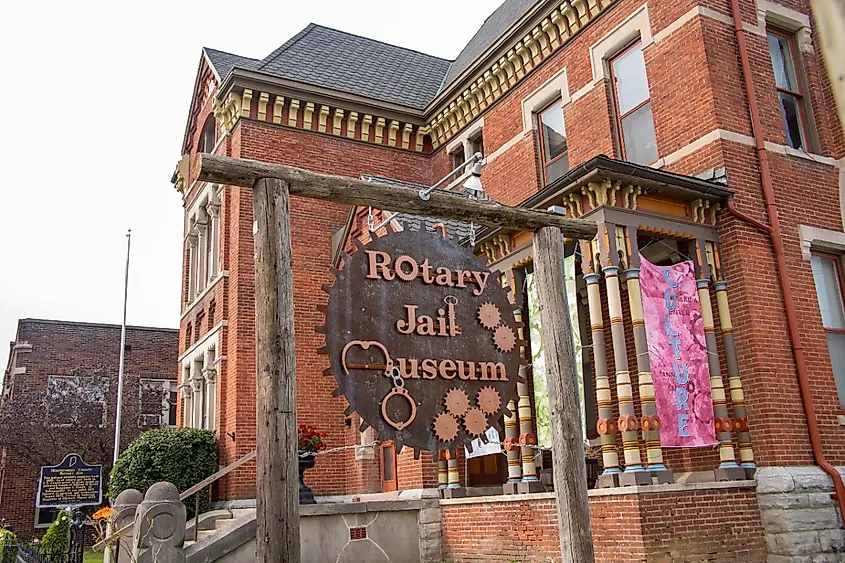
Crawfordsville stands replete with eccentricities that distinguish this Montgomery County community. The Carnegie Museum of Montgomery County operates out of the Carnegie Library in downtown Crawfordsville, presenting the area’s cultural heritage. Over a dozen National Register of Historic Places properties dot the territory, including the remarkable Montgomery County Jail and Sheriff's Residence, a red brick and limestone structure of Italianate and Romanesque Revival architecture that transcends its gloomy prison history. The facility is the only remaining rotary jail in operating condition, now functioning as the Rotary Jail Museum.
Local folklore weaves through the city with tales of the “Crawfordsville Monster,” first spotted in the early 1890s by a pair of ice delivery men who described it as a “horrible apparition.” Sightings continued in the days that followed, and over time, the story became a lasting part of the town’s identity. Southwest of Crawfordsville, Shades State Park in Waveland is a quiet escape, home to white-tailed deer, red foxes, wild turkeys, and warblers that move through sandstone cliffs and shaded ravines along Sugar Creek.
Dyer
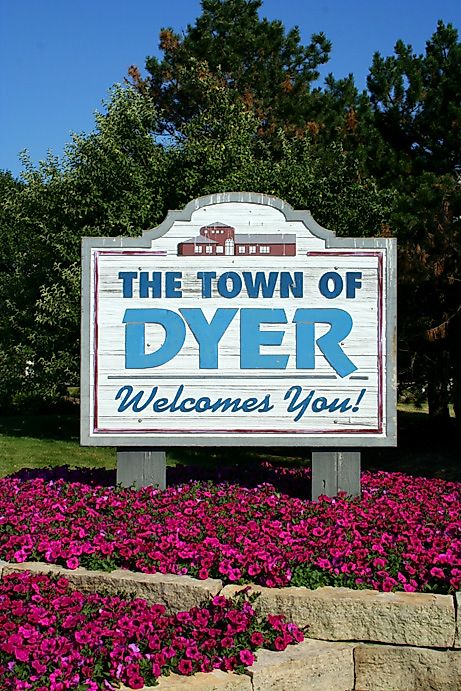
Dyer occupies Lake County territory just 13 miles from Lake Michigan's shores while functioning as a southeastern suburb of Chicago. This unassuming community conceals one of Indiana's most eccentric mysteries at the intersection of 109th Avenue and Calumet Street, where residents mysteriously deposit shoes in what locals call "Shoe Corner." The phenomenon dates back at least five decades, yet no one recalls its origins or purpose, creating a roadside curiosity that permeates local folklore.
Dyer’s crown jewel, Meyer’s Castle, replicates a Scottish Highland castle that botanist and herbalist Joseph Ernest Meyer once encountered. Meyer built this Jacobethan Revival mansion and set it among manicured gardens and natural woodland to bring his vision to life. The structure now functions as a wedding venue while maintaining its National Register of Historic Places designation. Nearby, Munster’s Community Veterans Memorial adds historical context, while Dyer’s Magical Light Show delivers a seasonal spectacle for visitors chasing unique holiday displays in December.
La Porte
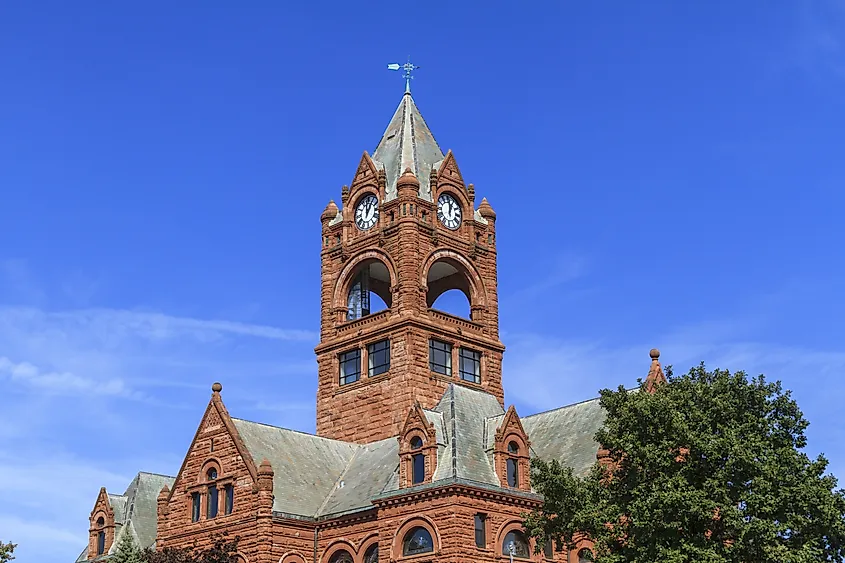
La Porte spreads around a chain of glacial lakes, where Stone and Pine Lakes mirror church steeples and grain towers beyond the reeds. The old town core, now the Downtown La Porte Historic District, holds structures reaching back to the 1860s. Brick storefronts and weathered cornices, such as those of the Masonic Hall, trace the zeitgeist of its earliest commercial lifeblood. The La Porte County Courthouse rises with a tall central tower, materializing Richardsonian artistry, its halls framed by limestone arches and wrought-iron details.
The La Porte County Historical Society Museum preserves both the region’s past and its visual allure inside a stately structure filled with carriages, portraits, and wartime relics. Moreover, the nine-sided Door Prairie Barn still anchors the eastern edge of town, its cedar frame marking the ingenuity of farmers who bent geometry to shelter livestock. Not far off, Pioneerland recreates the tenor of 1800s life through its log cabin, blacksmith shop, and trades once common to those who lived close to the land.
Alexandria
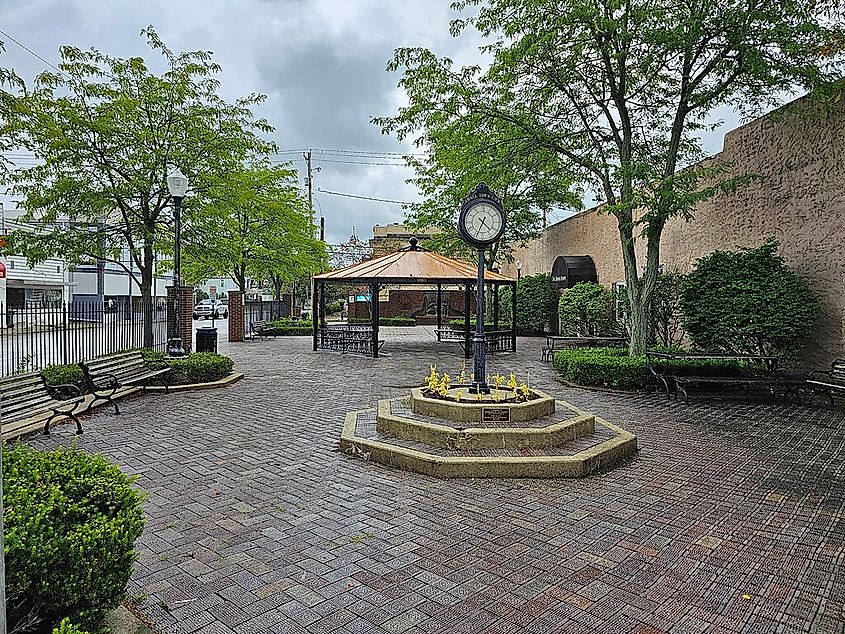
Alexandria draws attention as the home of the World’s Largest Ball of Paint, a nearly 11,000-pound layered sphere that visitors continue to build by adding coats of paint. Meanwhile, the Alexandria-Monroe Township Historical Society Museum preserves relics from the region's agricultural past and pioneer settlements. Documenting the evolution of this Madison County community through photographs, manuscripts, and period furnishings, the society recounts rural Indiana life vividly and engagingly.
Each year, Alexandria turns into a lively course for the adrenaline-heavy Alexandria Grand Prix, as racers speed through downtown streets during the city's festive summer. The celebration transforms the community into an eccentric extravaganza that honors small-city pride with parades, live entertainment, and local vendors. Moreover, less than 25 miles to the southwest, about halfway toward the state capital, Indianapolis, Strawtown Koteewi Park features equestrian trails, a natural history center, and an archaeological exhibit. Visitors find it an easy detour that adds more depth to a visit through central Indiana.
Jasper
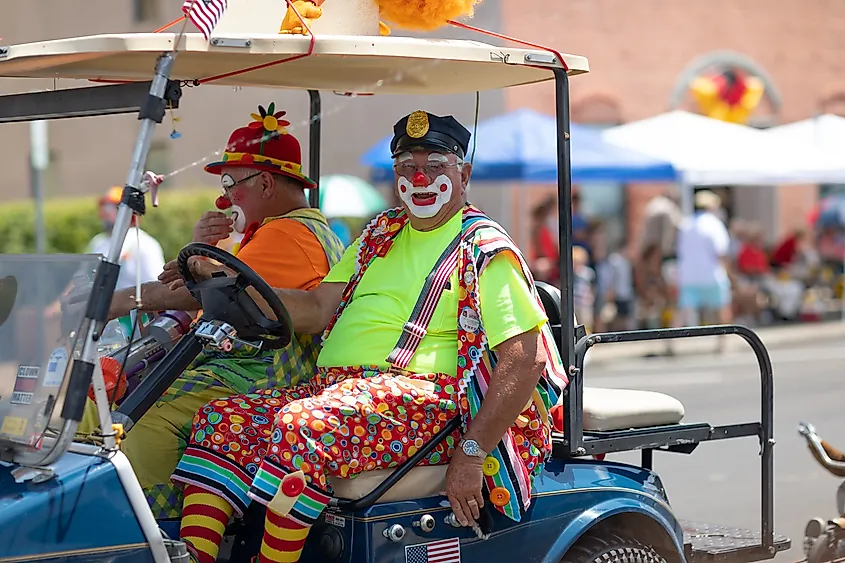
Jasper functions as a hub of 19th-century architecture, boasting an abundance of buildings that display astonishing construction for that era. The historical Louis H. Sturm Hardware Store maintains its elegant Italianate brick facade while continuing commercial operations for 130 years since its inception. Newton Street's St. Joseph's Catholic Church predates the hardware store, with sandstone blocks forming its bell tower and steeple that reach a magnificent 235 feet. Providence Home Geode Grotto provides another religious site featuring a couple of shrines.
The town's culture extends beyond architecture to sports, as exemplified by the Indiana Baseball Hall of Fame located on College Avenue. Despite its relatively northern geographical coordinates, Jasper experiences a humid subtropical climate, which creates another appealing element for visitors. Each August, the Jasper Strassenfest emphasizes the town's connection with its sister city of Pfaffenweiler in Germany. This concentration, combined with religious landmarks, sports heritage, and international cultural ties, creates a community where European traditions blend with Midwestern allure, attracting travelers from Central Europe to Indiana.
Huntington

Before settlement and railroad development flourished here, Huntington was crucial in developing the Wabash and Erie Canal near the Wabash River. This artificial waterway connected the Great Lakes to the Ohio River, establishing the town's relationship with nature. Its ecosystem includes rivers, plants, animals, and rocky and grassy pathways, all coexisting harmoniously.
The Historic Forks of the Wabash houses a local museum chronicling the Miami Indians' civilization and traditions over the past two centuries. Water supplements foliage and greenery flow to support oak and hickory trees in Pehkokia Woods along ACRES Land Trust. Multiple trails and eroded upland woods provide habitat for turtles and waterfowl amid wildflowers and ravines. To the southeast lies J.E. Roush Fish and Wildlife Area, featuring a dam, lookout spots, and a shooting range.
Huntington’s urban core reveals a collection of distinguished landmarks, including the North Jefferson Street Historic District. Hundreds of 19th-century mansions attract crowds, with notable examples being the Taylor-Zent House and the David Alonzo and Elizabeth Purviance House, which showcase architectural styles from Châteauesque and Romanesque to Victorian. Additional neighborhoods, including Huntington Courthouse Square Historic District, feature more than a hundred buildings, including hotels, courthouses, and opera houses that display Early Modern Era and Neoclassical architecture.
Santa Claus
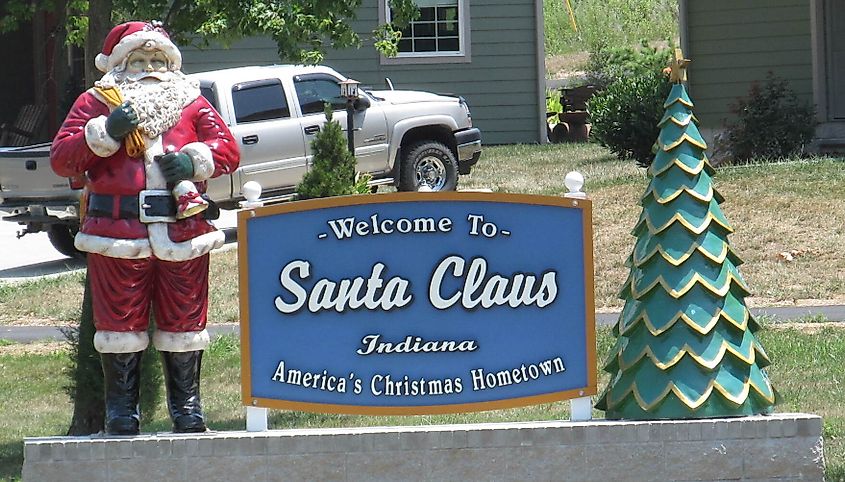
Santa Claus carries its name into the street grid, where Melody, Jingle Bell, and December 25th lanes keep the theme consistent without pause. Christmas Lake borders one side of town, with nearby shops and corners including eccentric displays tied to every calendar celebration. Holiday World & Splashin’ Safari stands out as the supreme attraction in the area, with wooden roller coasters among the longest in the world that echo across the valley. The Voyage barrels down a timber ride course while water slides from Mammoth and Wildebeest cascade through turns and tunnels. Visitors gather not just in December but also for summer fireworks, Halloween mazes, and Fourth of July festivals.
At Santa’s Candy Castle, striped walls house licorice cords and taffy jars, while the Santa Claus Museum & Village keeps photos, handwritten letters, and vintage décor behind quiet doors. A local volunteer group, Santa’s Elves, has answered thousands of children's notes to Santa Claus yearly since the early 1900s, preserving a tradition passed through generations. Standing right above the Ohio River where Indiana edges into Kentucky, Santa Claus steadies itself between frontier fields and Toyland symbols, grounded more by sleigh tracks than by roads.
Vincennes
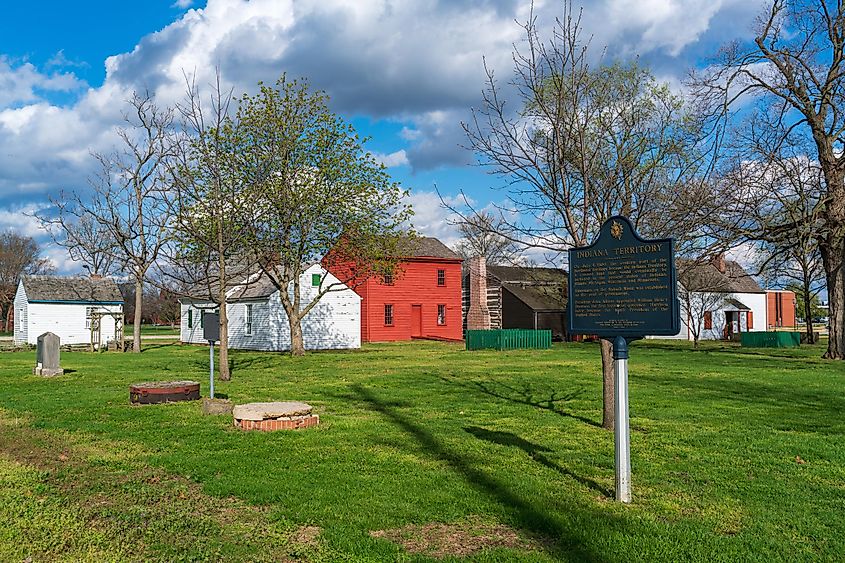
Vincennes stands near a cluster of lakes and parks, its quiet surface giving little clue to the depth of its past. The oldest settlement in Indiana and among the first west of the Appalachian Mountains, the city is already preparing to mark its 300th anniversary in 2032. Along the Wabash River, which forms the state line with Illinois, the George Rogers Clark National Historical Park features a memorial with a central rotunda honoring the Revolutionary War. Once part of New France before British rule, the town hosted multiple forts, though only their sites remain. The Indiana Military Museum continues to immortalize the legacies of the Civil War and later American military campaigns through displays of weapons, uniforms, and field gear.
William Henry Harrison’s Grouseland also stands near the riverbanks. The brick mansion where the future U.S. President lived while governing the Indiana Territory now serves as a museum with guided tours of its rooms and history. Vincennes’ terrains shift from gentle grasslands to solemn grounds where stories trace back millennia. Archaeological grounds, including Sugar Loaf and Pyramid Mound, emerge from quiet meadows with layered soil and uncommon mineral buildup. Thousands of years ago, during the Late Woodland period, ancient native populations used these landmarks as ceremonial burial grounds, leaving behind formations that still define the land.
Angola
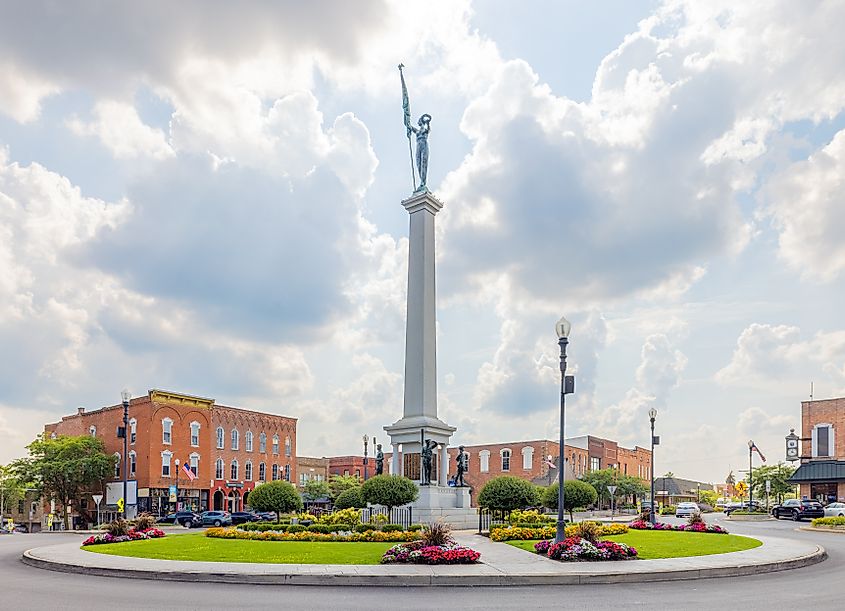
Angola rests between a constellation of lakes, from Jimmerson to Crooked to Snow, where reflections shift across pebble banks and open meadows. Between Angola and nearby Fremont, the Marsh Lake Wetlands State Fish and Wildlife Area shapes the floodplains with thickets, marshes, and migratory birds that hover over cattails. Northward, Pokagon State Park stretches across glacial ridges and quiet pines, reaching toward Potawatomi Inn Beach. South and west of town, this open-air abundance persists through Holiday Woods, extending into campground belts beneath tall oaks.
Just past Hogback Lake, Air Indiana Skydiving releases its visitors above the waterline, casting Angola’s eccentric partnership with nature as much through gravity as through the ground. This wealth of water and groves persuaded pioneers in the 1830s to carve a settlement here, whose grid still holds. The Angola Commercial Historic District retains its brick facades and tall cornices. The Steuben County Courthouse, with its octagonal domed cupola, and the neighboring jail both carry National Register of Historic Places distinction. Beyond the square, the Cyrus and Jennie Cline House stands in quiet detail, its clapboards and windows arranged in the domestic flavor of the early century.
Indiana’s Eclectic Small Towns Burst with Enthusiasm
Indiana occupies a strategic spot in the American Midwest, connecting Great Lakes commerce, Eastern industry, and Southern landscapes. Its history runs deep, with mounds in Vincennes that have stood since the Late Woodland era thousands of years ago. Native American groups, such as the Miami and Potawatomi, moved across these lands, and French and British settlers each left distinct marks, with all their legacies still visible in the small towns of the Hoosier State.
From lakeside neighborhoods near Michigan’s southern edge to quiet streets just beyond the bustle of Chicago and Indianapolis, Indiana weaves together architecture, geography, and tradition in vivid detail. Whether it’s the Christmas lights of Santa Claus or the mist along Angola’s marshy lakes, these towns don’t follow one script, and their identities stay true, uniquely eclectic, and unmistakably eccentric.
